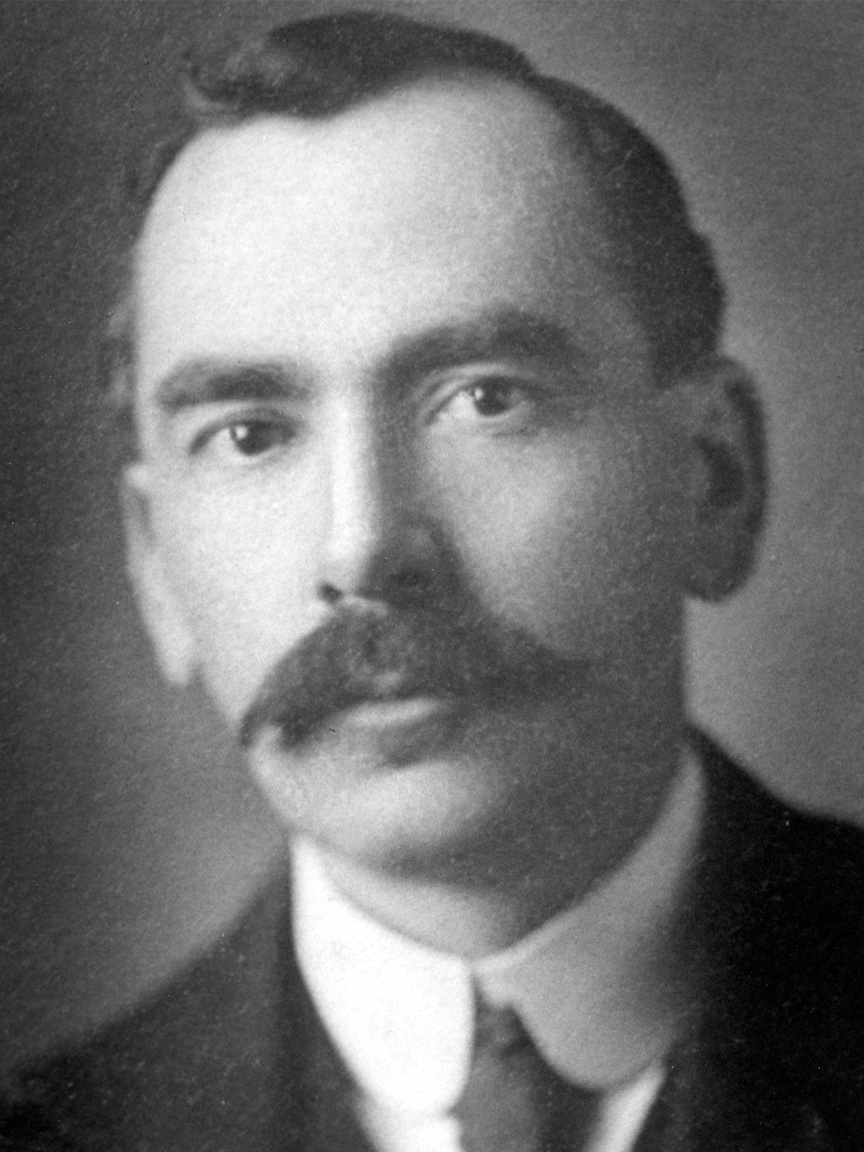Gaelic Champion
Nova Scotia has long been home to many languages: Mi'kmaq, English and French leap to mind. In the eastern portion of the mainland and on Cape Breton Island, well into the 20th century, it was often Gaelic that was spoken more than anything else. That reflected the large Scottish immigration in the 1800s. Yet it also required local people who encouraged and promoted the use of Gaelic in all areas of life.
The greatest champion of Gaelic language and culture was Jonathan MacKinnon. He was born at Dunakin, near Whycocomagh. As a young man, he recognized the need to have certain literary classics for young readers available in Gaelic. He set out to translate Treasure Island and other stories into his native tongue. At the age of 23, MacKinnon began a Gaelic newspaper that would bring news and other information to adults. The paper was MacTalla (in English, "The Echo"), which he started to publish in Sydney in 1892. He kept the bi-weekly paper going until 1904, bringing its many readers local and world news in Gaelic, as well as history, proverbs, Greek mythology and correspondence. The paper was a major influence in keeping Gaelic a commonly spoken language across Cape Breton. The Scotsman, a major newspaper in Scotland, describes MacTalla as "the most successful Gaelic newspaper ever." The paper also has an ongoing legacy as a cornerstone resource for Gaelic scholarship.
After MacTalla came to an end, Jonathan MacKinnon turned to studying history. In 1918, he published Old Sydney, a book that is still in print. Then, in 1928, MacKinnon launched a monthly magazine in Gaelic, Fear Na Ceilidh, which he continued for two years.
